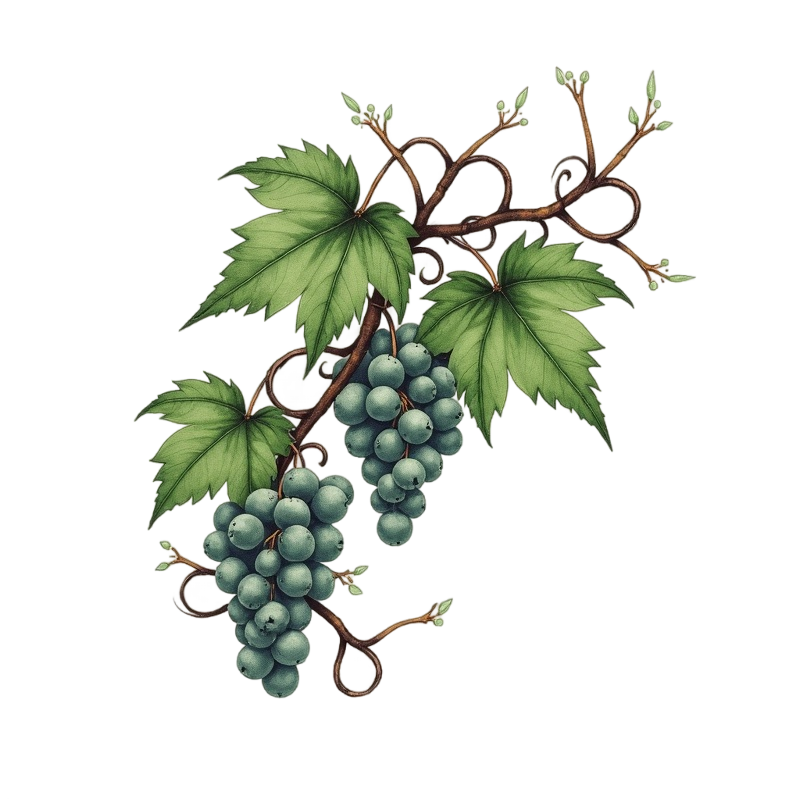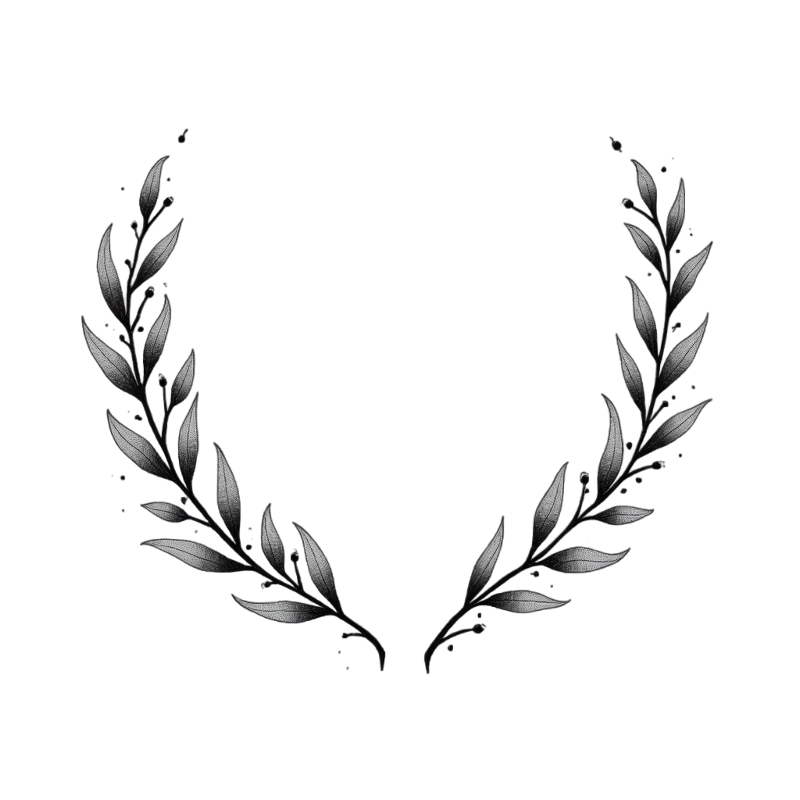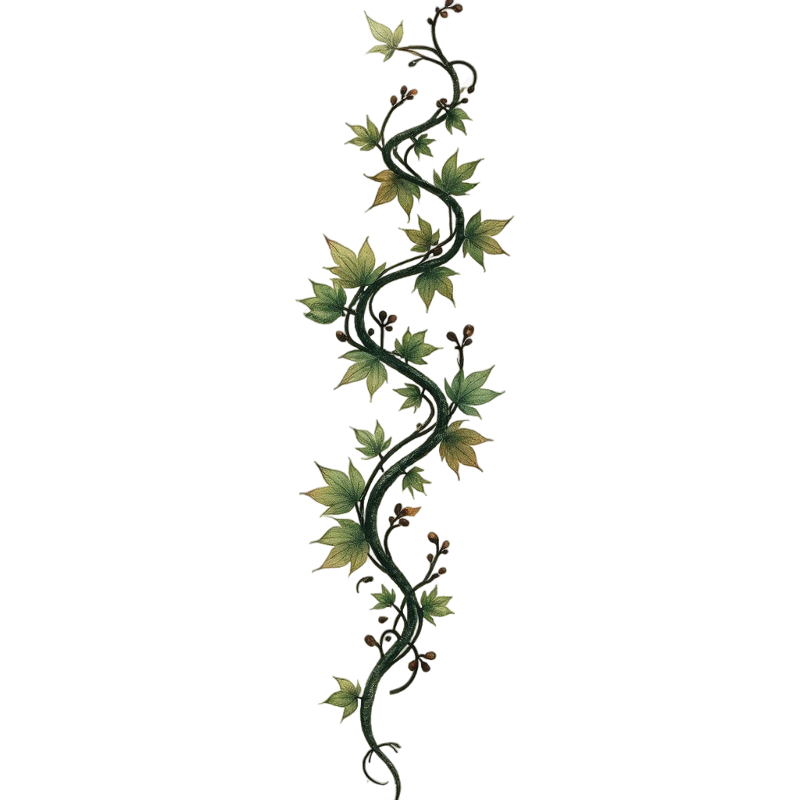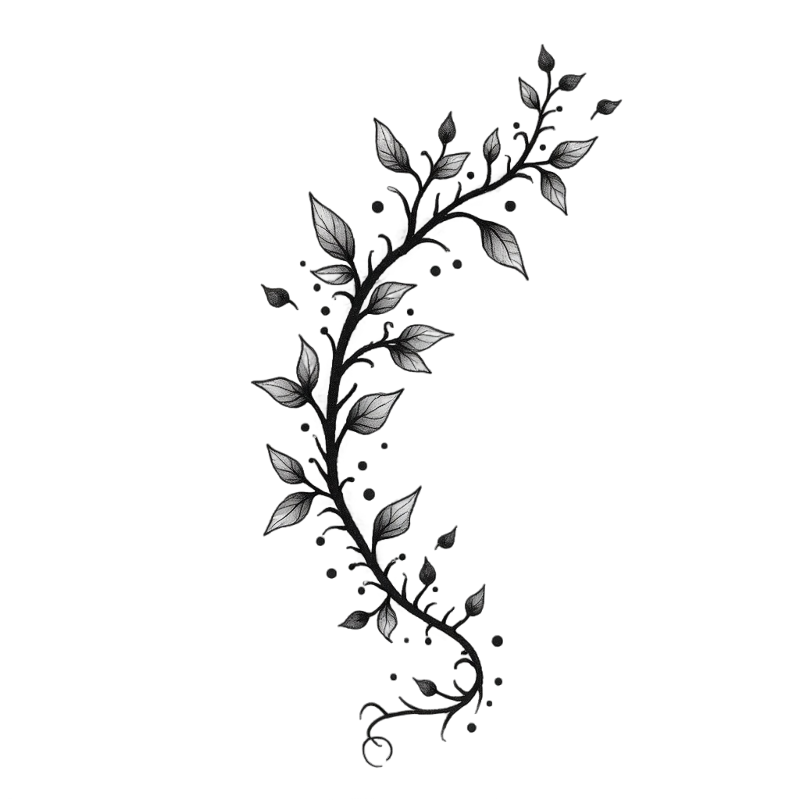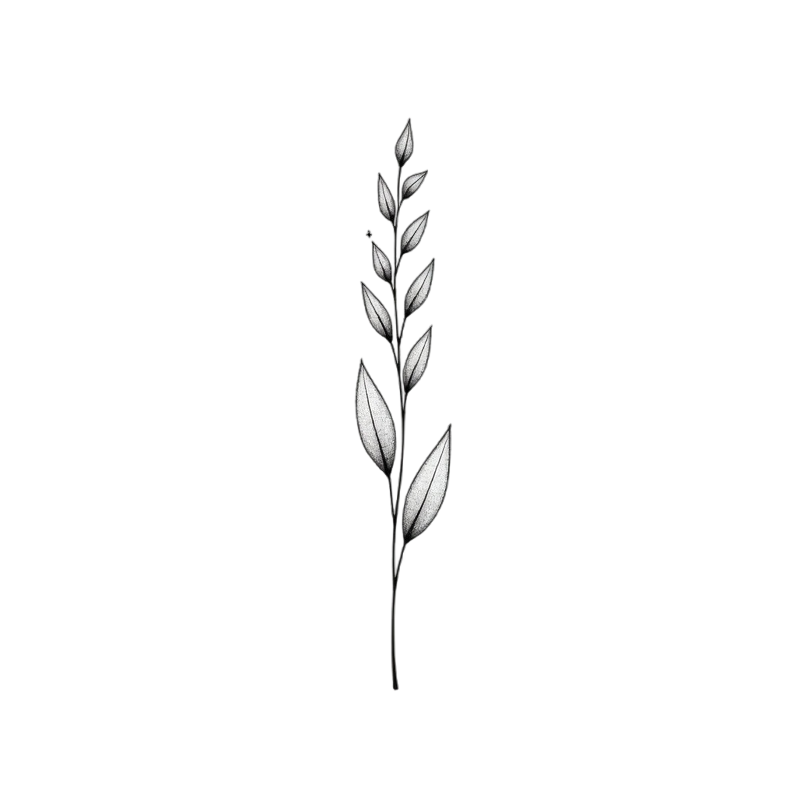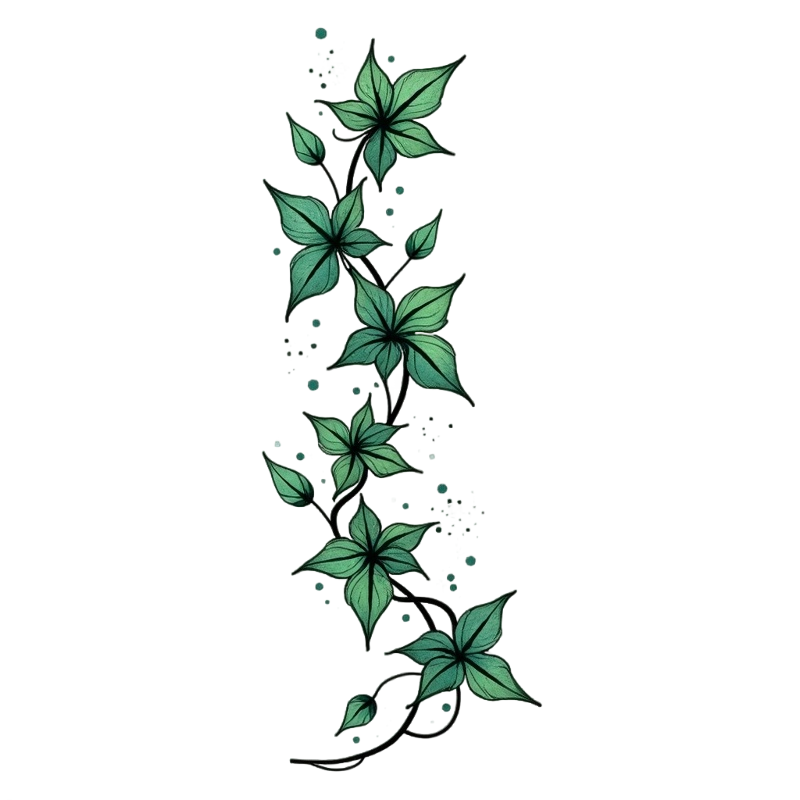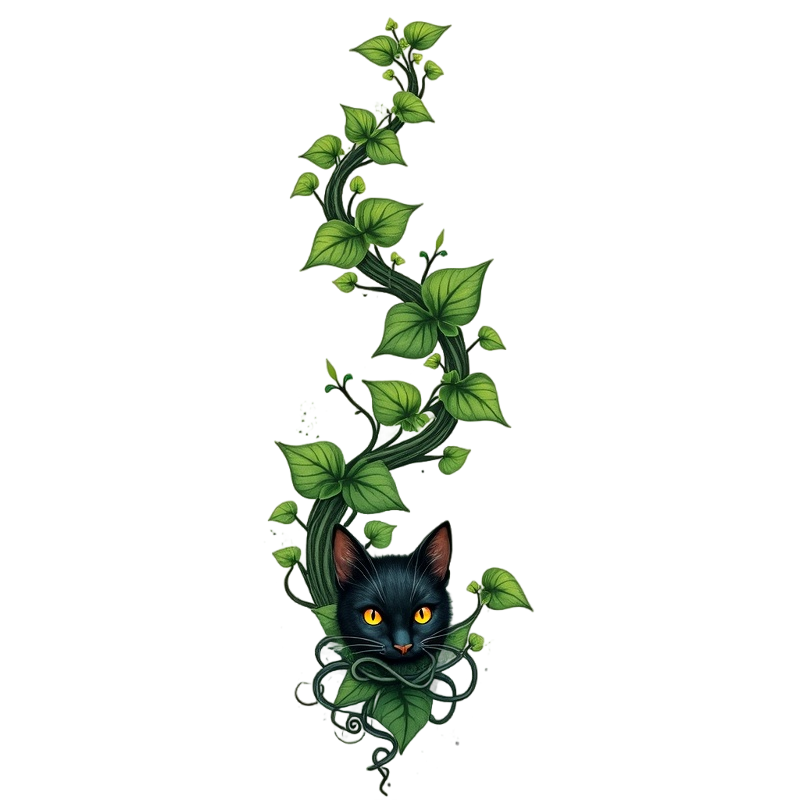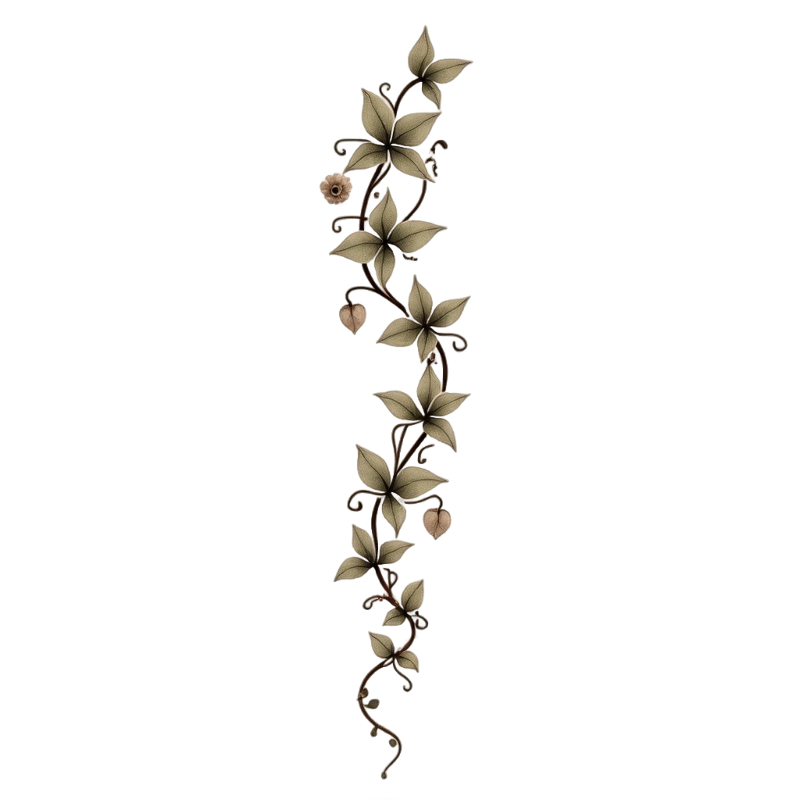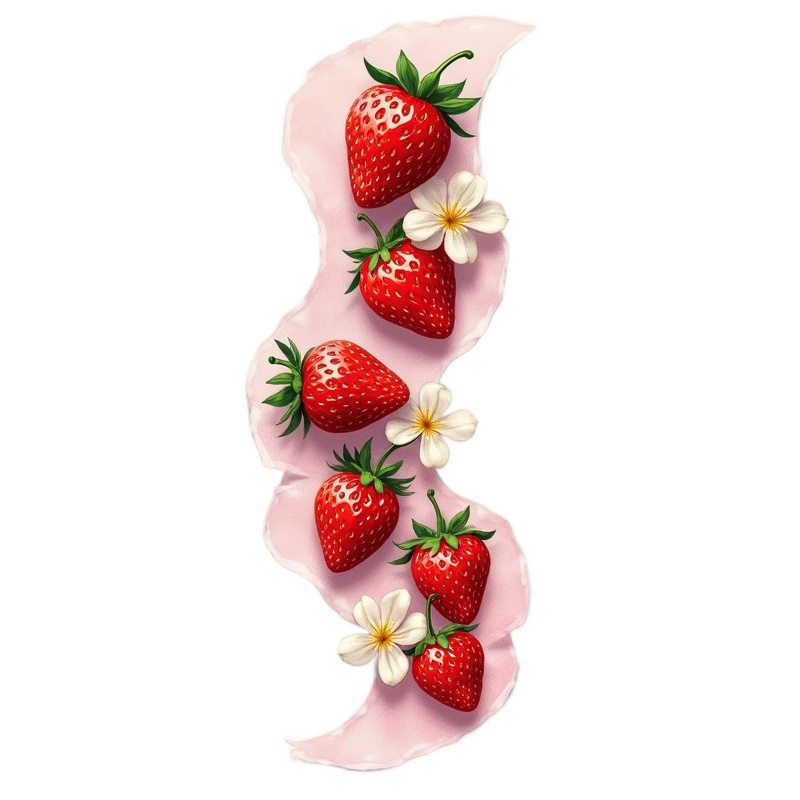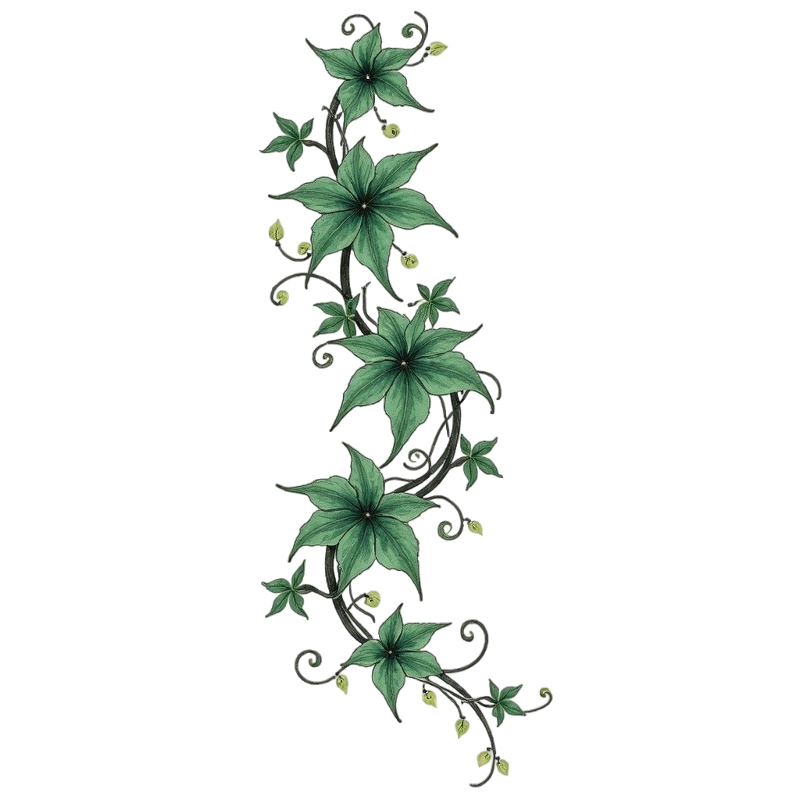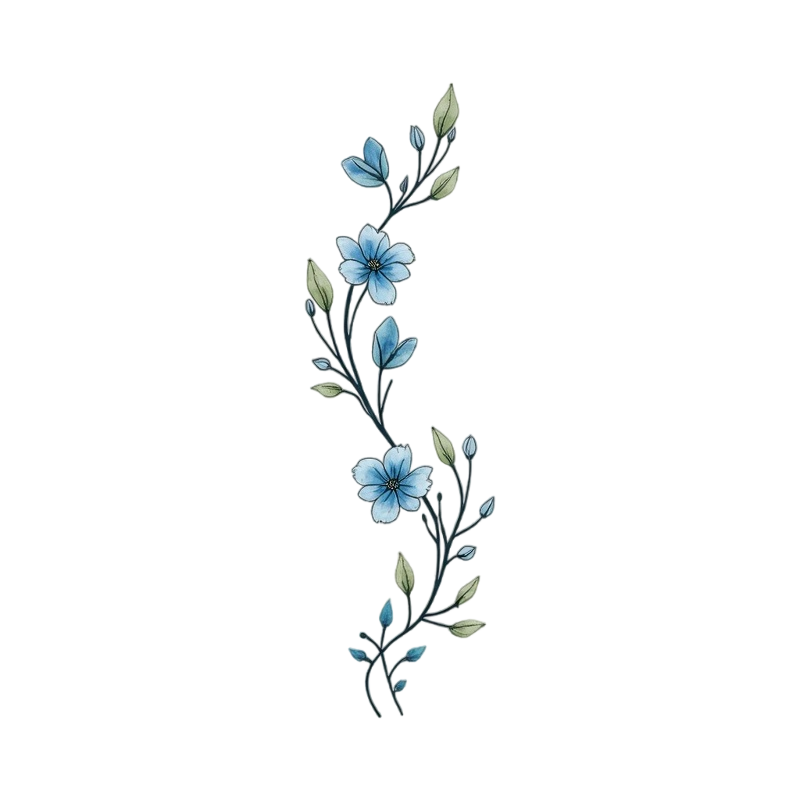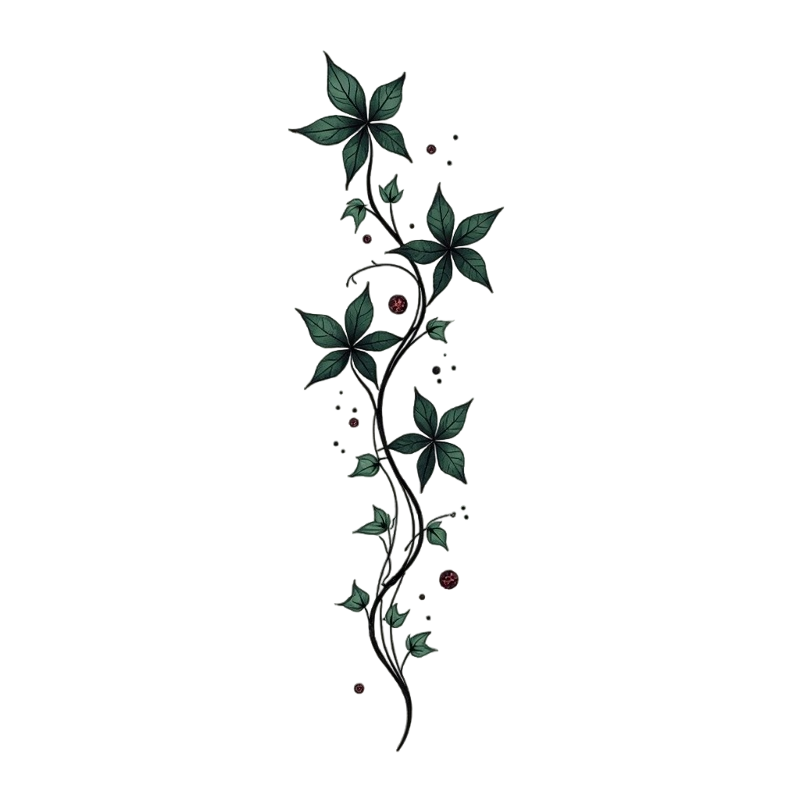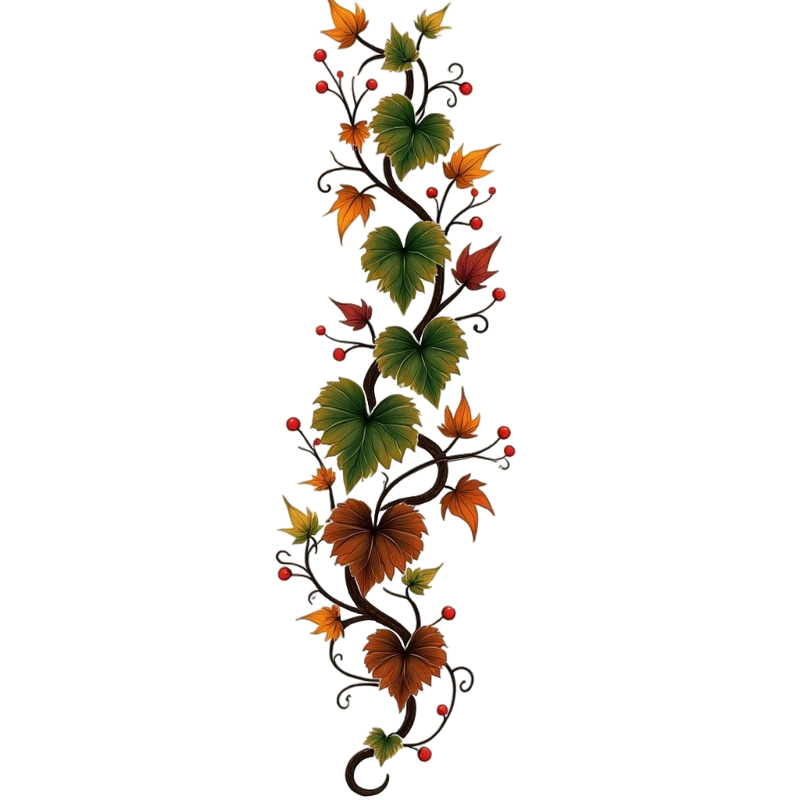Ivy Tattoo Ideas, Designs and Meaning
Meaning of Ivy Tattoos
- Ivy tattoos are often associated with themes of growth, resilience, and eternity due to the plant's ability to thrive in various conditions and its evergreen nature.
- In many cultures, ivy symbolizes fidelity and strong affectionate attachment, making it a popular choice for couples or those wishing to express loyalty.
- Historically, ivy has been linked to Bacchus, the Roman god of wine, symbolizing revelry and celebration, which can add a festive or indulgent layer to its meaning.
- In Celtic culture, ivy represents determination and the ability to overcome obstacles, as it can climb and cover almost any surface.
- Ivy tattoos can be designed in various styles, from realistic to abstract, and are often seen wrapping around limbs or as part of larger botanical designs.
- While ivy tattoos are gender-neutral, they are often chosen by women for their delicate and intricate appearance, frequently placed on the arms, legs, or back.
- The intertwining nature of ivy can also symbolize connections and relationships, making it a meaningful choice for those wanting to represent personal bonds.
- Ivy's association with nature and the earth can appeal to individuals who value environmental themes or have a strong connection to the natural world.
2,824 Tattoo Ideas


Poison Ivy Tattoo Vines for Women
Selection from Pinterest


110 Art ideas to save today | ivy tattoo, small tattoos, vine tattoos and more
Selection from Pinterest


35 Tattoos ideas | tattoos, tattoo designs, flower tattoo
Selection from Pinterest


Ivy tattoo
Selection from Pinterest


50 Vine Tattoos | Tattoo Designs, Ideas & Meaning - Tattoo Me Now | Vine tattoos, Elegant tattoos, Green tattoos
Selection from Pinterest
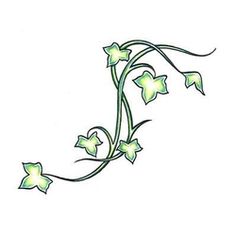

Discover 28 Ivy images for tattoos and tattoos ideas | vine tattoos, tattoo designs, ivy tattoo and more
Selection from Pinterest
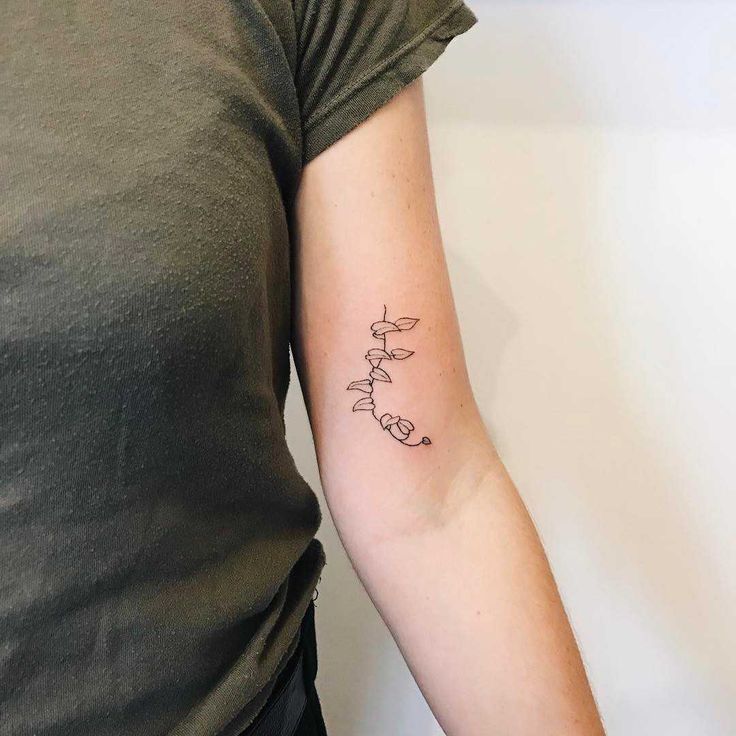

Hand-poked devils ivy by Kelli Kikcio - Tattoogrid.net
Selection from Pinterest
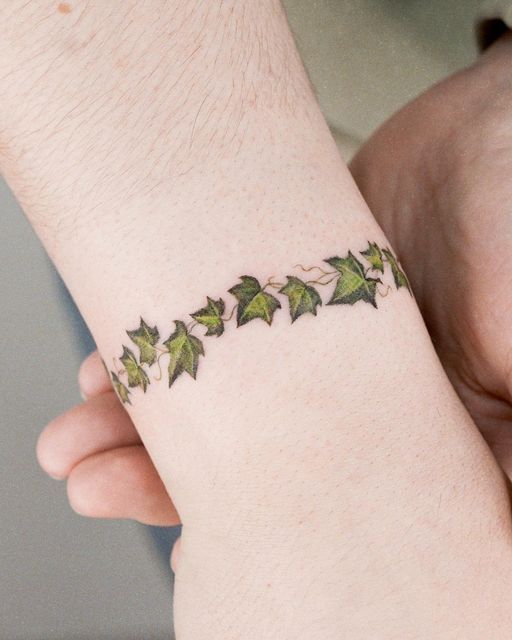

Discover 7 Ivy Tattoo Ideas and Small Ivy Tattoo Ideas | ivy flower tattoo, holly bush tattoo, wrist thumb tattoos for women and more
Selection from Pinterest


24 Ivy tattoo ideas | ivy tattoo, vine tattoos, ivy
Selection from Pinterest
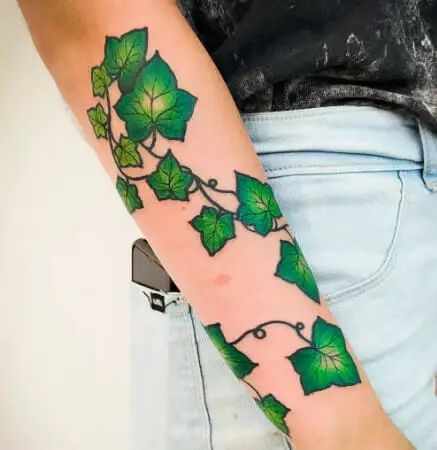

15 Ivy Tattoos Symbolizing Fertility, Security, Adoration, and Immortality
Selection from Pinterest


17 Poison Ivy tattoos ideas | ivy tattoo, tattoos, vine tattoos
Selection from Pinterest
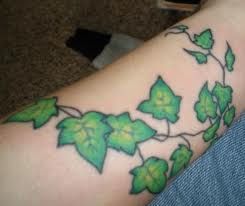

Ivy Tattoos: Meanings, History, and Designs Ideas
Selection from Pinterest
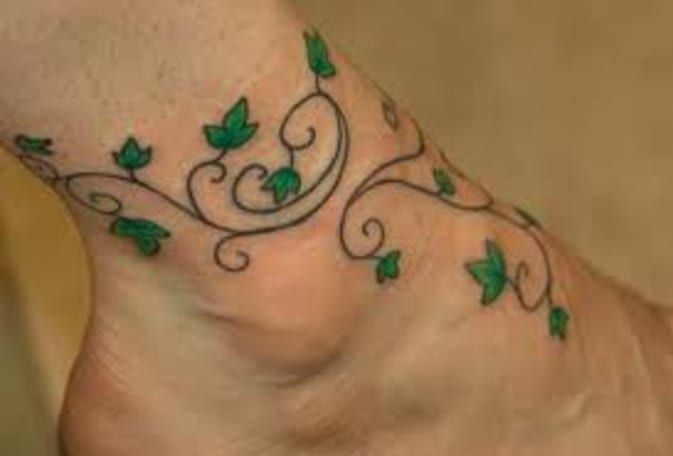

Ivy Tattoos: Meanings, History, and Designs Ideas
Selection from Pinterest


vine work
Selection from Pinterest
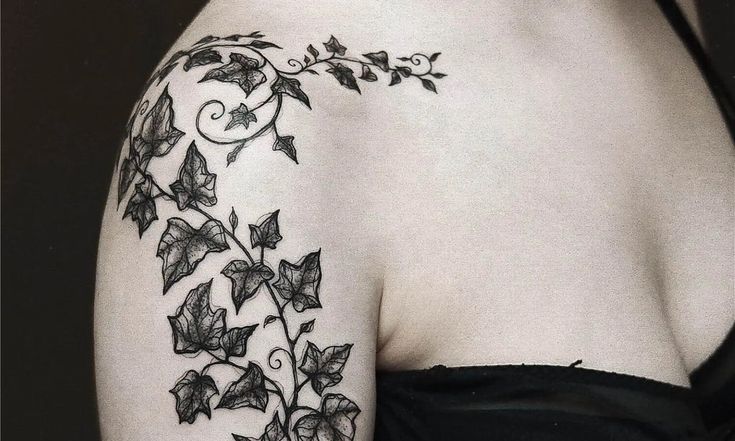

30 Best Ivy Tattoo Ideas You Should Check
Selection from Pinterest


Site Suspended - This site has stepped out for a bit
Selection from Pinterest
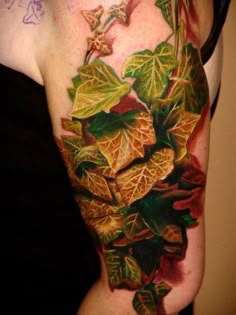

Discover 16 Leafy Vine Tattoos and Poison Ivy Tattoo Ideas | rose vine tattoos, arm wrap tattoo, tatouage bracelet and more
Selection from Pinterest
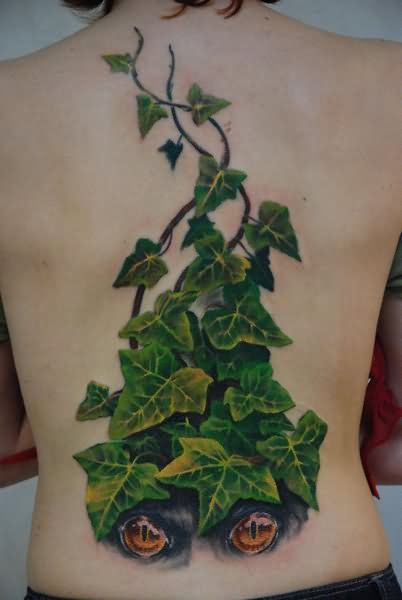

Site Suspended - This site has stepped out for a bit
Selection from Pinterest


Site Suspended - This site has stepped out for a bit
Selection from Pinterest


31 Cool Poison Ivy Tattoo Ideas | ivy tattoo, poison ivy tattoo, poison ivy
Selection from Pinterest
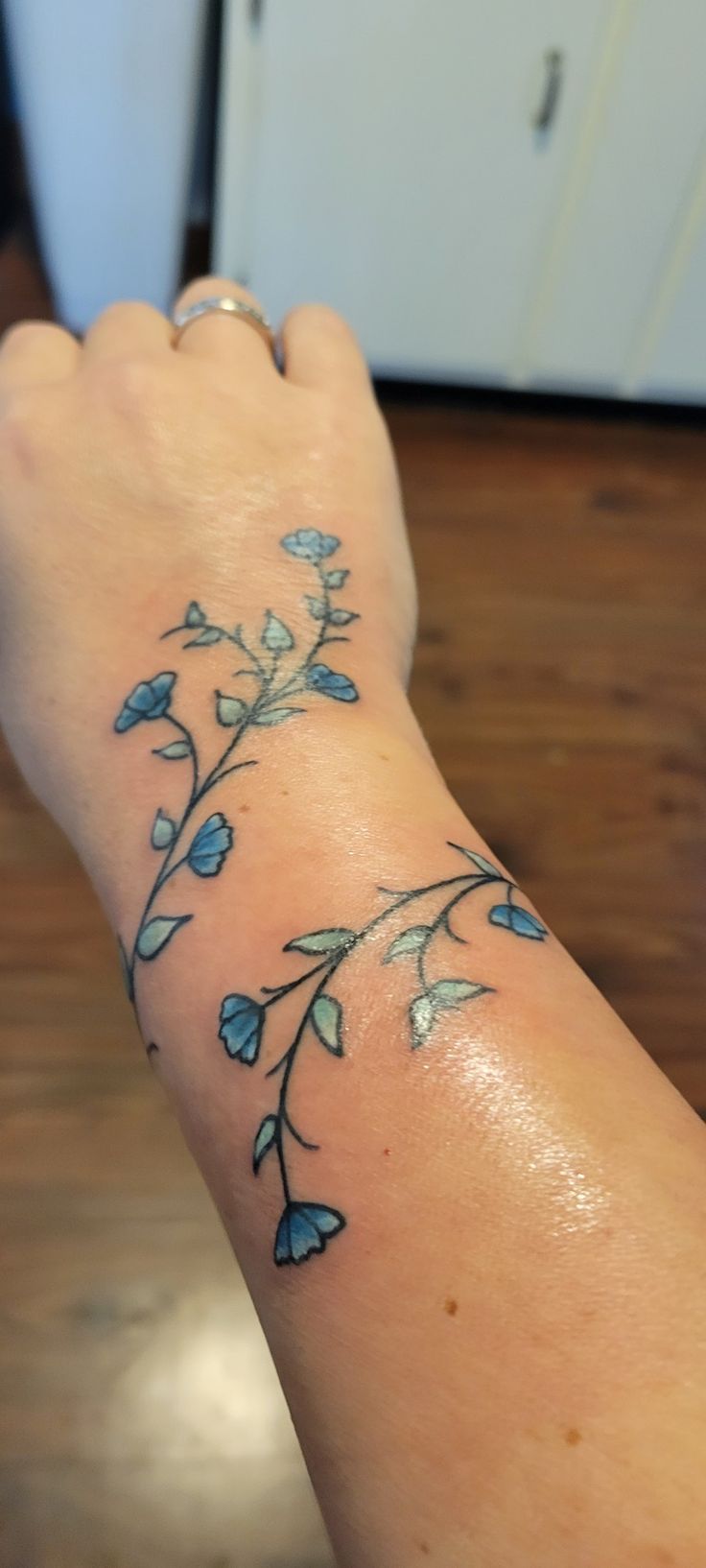

Ivy tattoo with flowers
Selection from Pinterest


Discover 10 Ivy and ivy tattoo ideas | vine tattoos, beginner henna designs, tattoos for women and more
Selection from Pinterest


Poison Ivy Tattoo
Selection from Pinterest
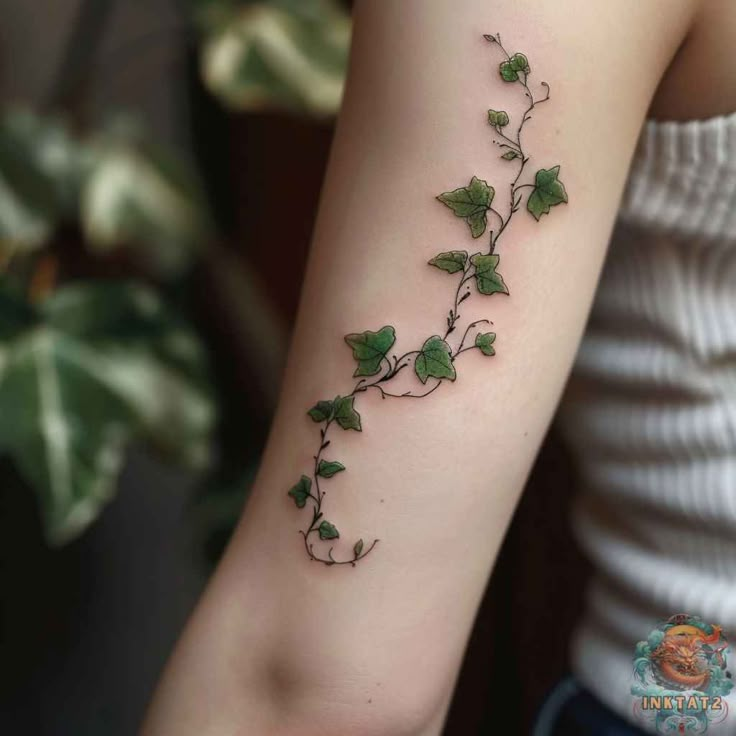

Vine Tattoos: 102 Designs
Selection from Pinterest
One App to Store All Your Tattoo Ideas
Store your tattoo ideas in one place and Virtual Try-On them on your body!

Avoid Regrets with 3D Virtual Try-On!
Do a 3D Virtual Try-On to see how your tattoo design looks like on your body before you get it tattooed. Powered by Tatship's AI and 3D technology.



Cultural Considerations and Taboos for Ivy Tattoos
While ivy tattoos are generally well-received, there are some cultural sensitivities to consider. In some cultures, ivy might be associated with negative connotations due to its invasive nature, symbolizing entrapment or suffocation. Additionally, in certain regions, poison ivy is viewed negatively due to its harmful effects, so a tattoo of poison ivy might be seen as a symbol of danger or toxicity. It's important to be mindful of these interpretations, especially when traveling or interacting with people from different cultural backgrounds.
Popular Tattoo Styles and Variations for Ivy Tattoos
Ivy tattoos can be designed in a variety of styles, each offering a unique aesthetic. Realistic ivy tattoos capture the intricate details of the leaves and vines, often in vibrant greens and browns. Watercolor ivy tattoos provide a softer, more artistic look with splashes of color that mimic the fluidity of watercolor paintings. Traditional or neo-traditional styles offer bold lines and vivid colors, emphasizing the classic tattoo look. Minimalist ivy tattoos focus on simplicity, using fine lines and minimal shading to create a subtle yet elegant design. Some people choose to incorporate ivy into larger tattoo pieces, such as wrapping it around other elements like flowers, animals, or symbols to add depth and meaning.
Historical Origins and Evolution of Ivy Tattoos
Historically, ivy has been a symbol of significance in various cultures. In ancient Greece and Rome, ivy was associated with Dionysus/Bacchus, representing not only the god's attributes but also the idea of eternal life and the cycle of nature. Ivy was often used in wreaths and crowns during festivals and celebrations. In Celtic traditions, ivy was revered for its ability to grow in challenging conditions, symbolizing determination and resilience. Ivy's historical significance is also evident in its use in art and literature, where it often symbolizes love, friendship, and fidelity.


